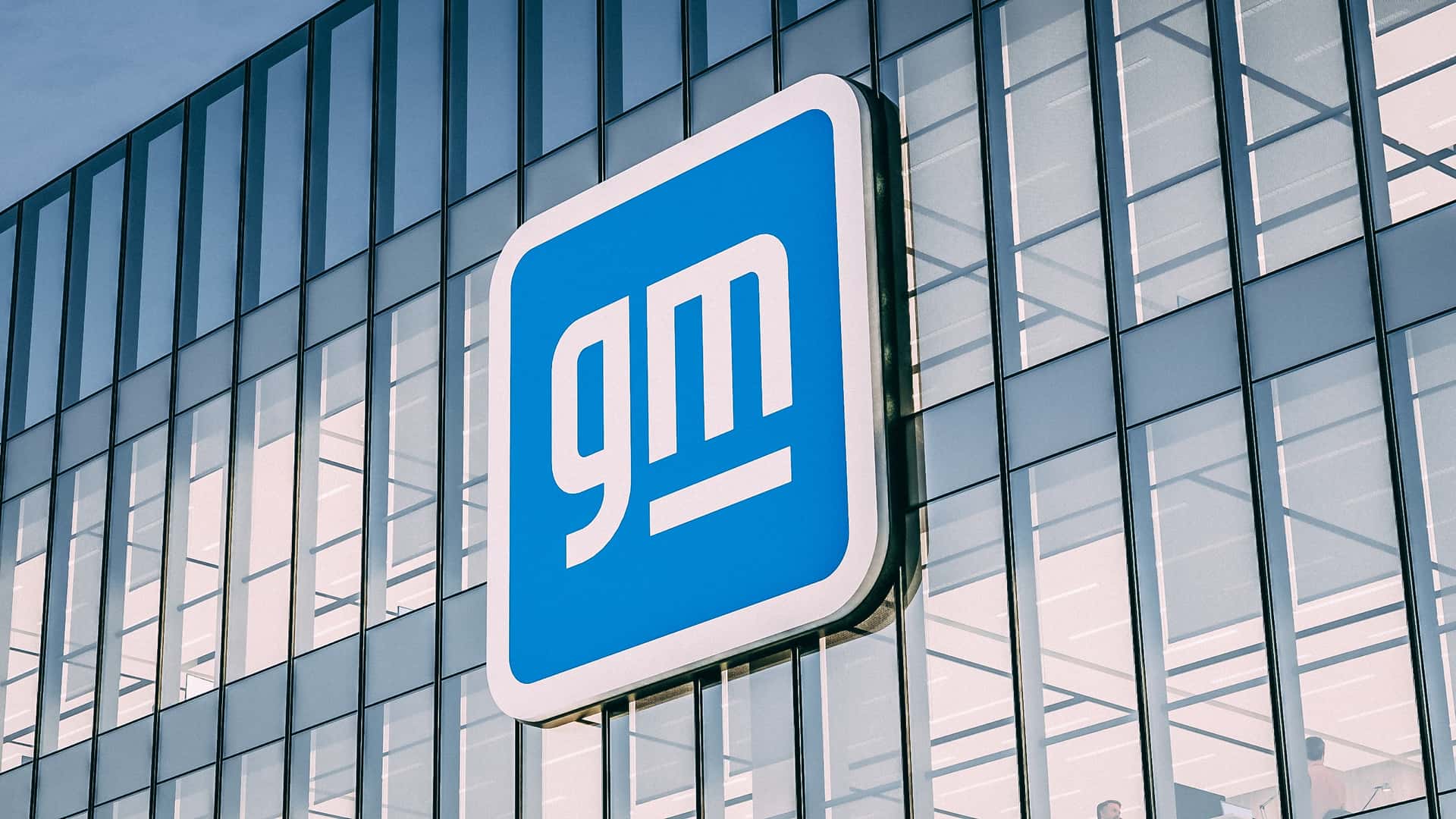
Last month, General Motors announced that it would launch a new zonal architecture meant to transform how the company builds its vehicles, with software playing a vital role. Recently, though, the company made some changes to who will oversee that team.
Sterling Anderson, GM's current chief product officer, will take on more responsibility with former Apple executive Dave Richardson leaving the automaker. Richardson served as GM’s vice president of software and services engineering, working on advanced driver-assist systems and digital products.
General Motors said in a statement to Automotive News:
'We’re changing the structure of the Software and Services Engineering team to accelerate how we develop and deliver technology experiences to our customers and the company. As part of this change, we are bringing together vehicle software engineering and Global Product under one organization, led by Sterling Anderson. David Richardson has elected to step down from his role at GM, and we thank him for his contributions.'
GM’s software revolution begins in 2028, when the automaker plans to launch its next-generation centralized computer system meant to lower costs, parts, and complexity. That will also allow GM to offer more advanced software features, like increased autonomy and continuous over-the-air updates, better connectivity, and more.
At the GM Forward event last month, Richardson said the new architecture would result in "a self-driving system that reacts in milliseconds, and a vehicle network with 1,000 times more bandwidth for faster connectivity, enabling richer entertainment and future AI workloads."
The software transformation, which includes GM’s gas cars, will also result in the removal of phone mirroring from future vehicles. The automaker will drop Apple CarPlay and Android Auto support as it updates and refreshes its lineup.
As software becomes a vital part of the automotive experience, carmakers are taking more control as they realize the revenue potential screens offer, like the possibility of offering endless subscription services, paywalled features, and the death of ownership.
Source: Automotive News








